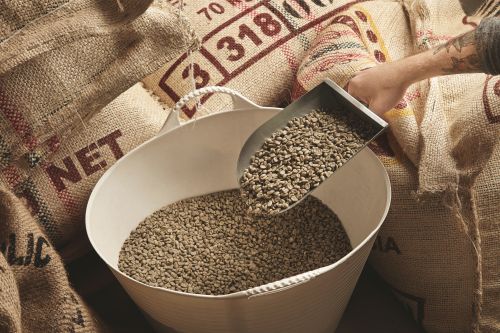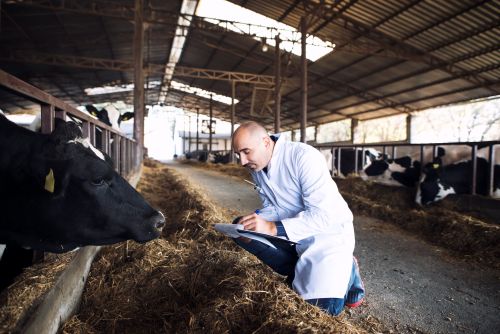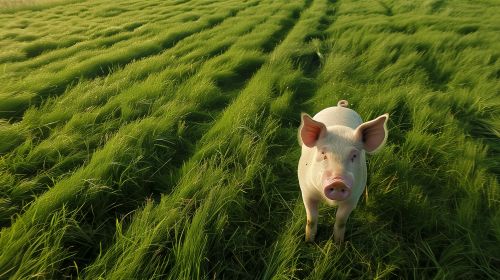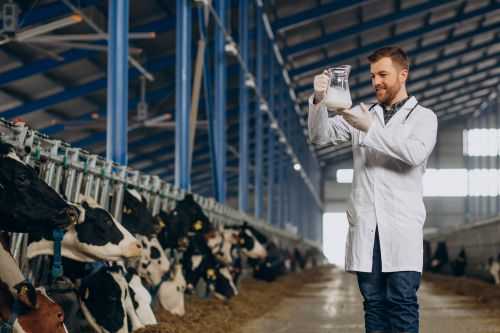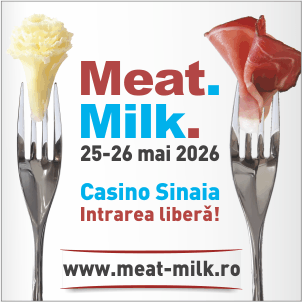1335
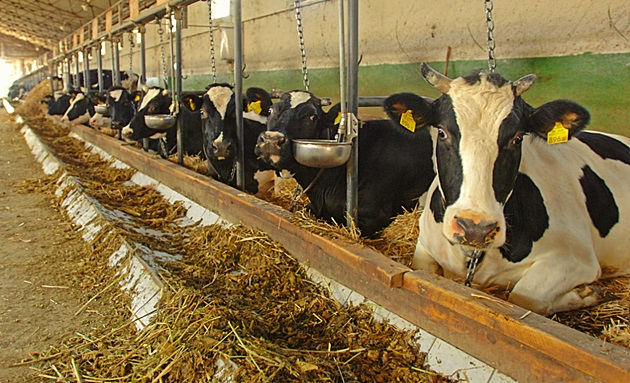
According to the European Commission, improved pasture conditions have provided some relief to animal producers. At the same time, feed costs for animals in the EU continued to decline until August 2023.
Compared to the same month last year, EU prices for fodder wheat recorded the highest decrease (-37%), followed by barley (-34%) and maize (-30%). As a result, EU milk deliveries continued to increase and are expected to remain positive in 2023 (+0.3%).
Regarding meat, lower feed costs and relatively high meat prices could help improve meat production in the EU in the second half of 2023, as carcass weight may increase.
However, this will not prevent the decline in EU pork, beef, sheep, and goat meat production, while EU poultry production may increase. In 2024, this trend is expected to persist, except for pork meat, where a production recovery is forecasted.
Globally, prices for most commodities decreased until August, according to the latest World Bank data on commodity markets, although there are some signals of price increases for energy and fertilizers during the summer (see below).
The downward trend is also observed for commodity freight rates, both container and dry bulk, yet tensions in the Black Sea, the impact of sanctions, and rising fuel prices could lead to uncertainties regarding future transport supply.
The energy crisis of 2021, exacerbated by Russia's aggression against Ukraine, led to a major reduction in production and increased EU prices for nitrogen fertilizers. EU imports of nitrogen fertilizers surged, followed by a gradual price decline from the fall of 2022.
Signs of EU production recovery were observed in the first half of 2023, encouraged by declining natural gas prices. Although some farmers' fertilizer purchases for the 2023 harvest were made at a high price, overall, this resulted in ample availability of nitrogen products in EU markets.
Although at a different pace across EU countries, improved accessibility reduced the risk of widespread nitrogen underfertilization rates in 2022 and offers encouraging developments for farmers' fertilizer purchases in the next season.
The EU P and K fertilizer market was much less affected by energy prices, but product prices increased significantly due to the EU's reliance on indispensable intermediaries. EU imports decreased in 2022 and in the first half of 2023, reflecting a sharp decline in P and K fertilizer use in the EU in 2022 and 2023.
On average, the accessibility of phosphate, potash, and mixed fertilizers has clearly improved. This could encourage farmers to resume purchases to partially restore application rates for the next harvest. (Photo: Dreamstime)
